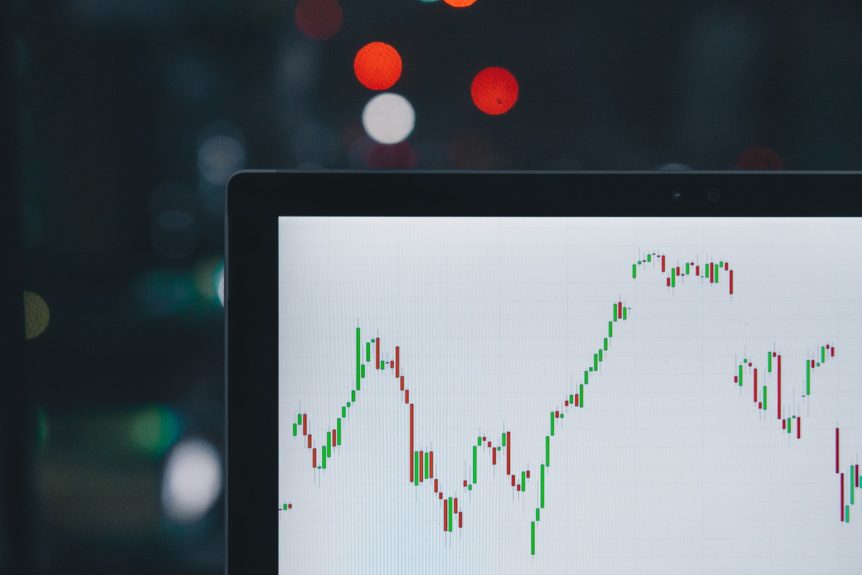Good morning,
Stocks were pulled in different directions late last week. The market rallied after the Federal Reserve made it abundantly clear they are now dovish (accommodative) and that they are unlikely to raise interest rates at all this year. Things reversed Friday however, with stocks posting their worst day in over 2 ½ months (the Dow dropped 460 points), after weak manufacturing data from the U.S. and Europe indicated slowing global growth, and a widely watched measure of the yield curve inverted.
Recall that the yield curve is a line on a graph that plots interest rates of bonds with equal credit quality and different maturity dates. The yield curve is normally upward sloping, as investors need higher yields to be compensated for the added risk of investing in bonds with longer maturities. In other words, investors expect less return when their money is tied up for a shorter period, and require a higher yield so they get more return for a longer investment.
An inverted yield curve is when shorter term yields are higher than longer term yields. Inverted yield curves are rare, and are a (mostly) reliable predictor of recession. According to Reuters, the yield curve has inverted before each recession in the past 50 years, and offered a false signal just once in that time. Last Friday, the yield curve on the 10-year note and the three-month bill inverted – meaning that short term yields are higher than long term yields – a Treasury bill maturing in 3 months yields more than a Treasury note that matures in 10 years.
The yield curve typically inverts before recessions because investors believe interest rates and/or inflation will fall notably, both of which are characteristics of recession. The yield curve inverts due to expectations for lower or declining economic growth rates. Also, investors may flock to longer maturity Treasuries as a “safe-haven”, pushing those prices higher and the rates lower (remember bond prices and yields have an inverse relationship – higher prices mean lower rates). So, what does it all mean?
While we will at some point have another recession, the yield curve is not a “magic formula” for investing – it is not an automatic sell signal. For starters, an inverted yield curve does not cause a recession, it is a signal, it is not perfect, and the sample size tracking its history is small. Also, an inversion of the yield curve does not predict the length or magnitude of an economic downturn. Beyond that, recession has at times come two years after inversion – making it a poor timer of recession. The yield curve is not a good market-timing device either, as stocks have often posted strong rallies long after a yield curve inversion. Finally, just because things have happened certain ways in the past, does not mean the same pattern will continue, in other words, past performance is no guarantee of future results!
As always, don’t hesitate to contact us with any questions (about the yield curve or otherwise) or if you would like to set up a meeting.
All the best,
Southport Station Financial Management, LLC


